Charles E W Bean, Diaries, AWM38 3DRL 606/264/1 - 1914 - 1938 - Part 2
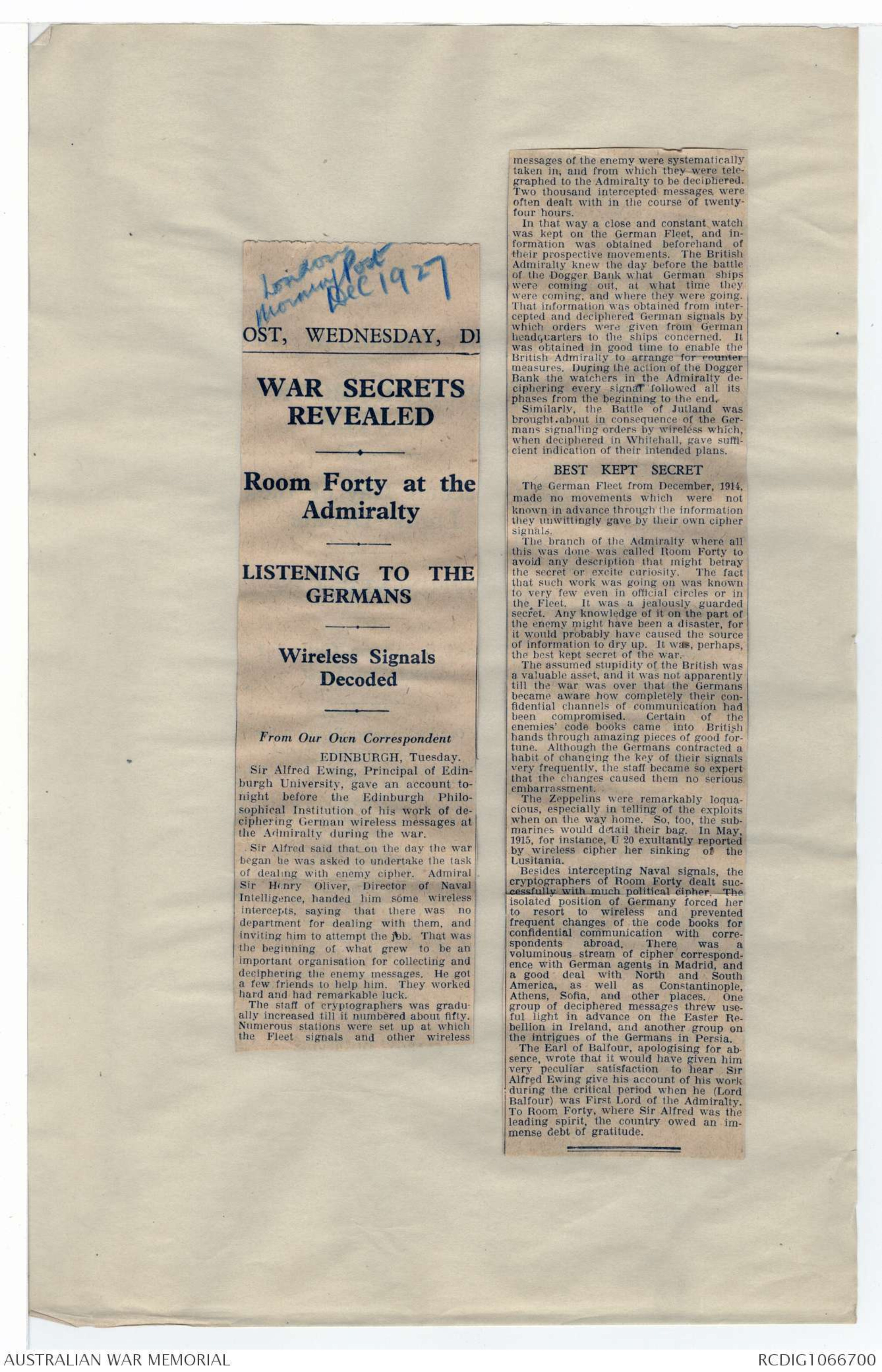
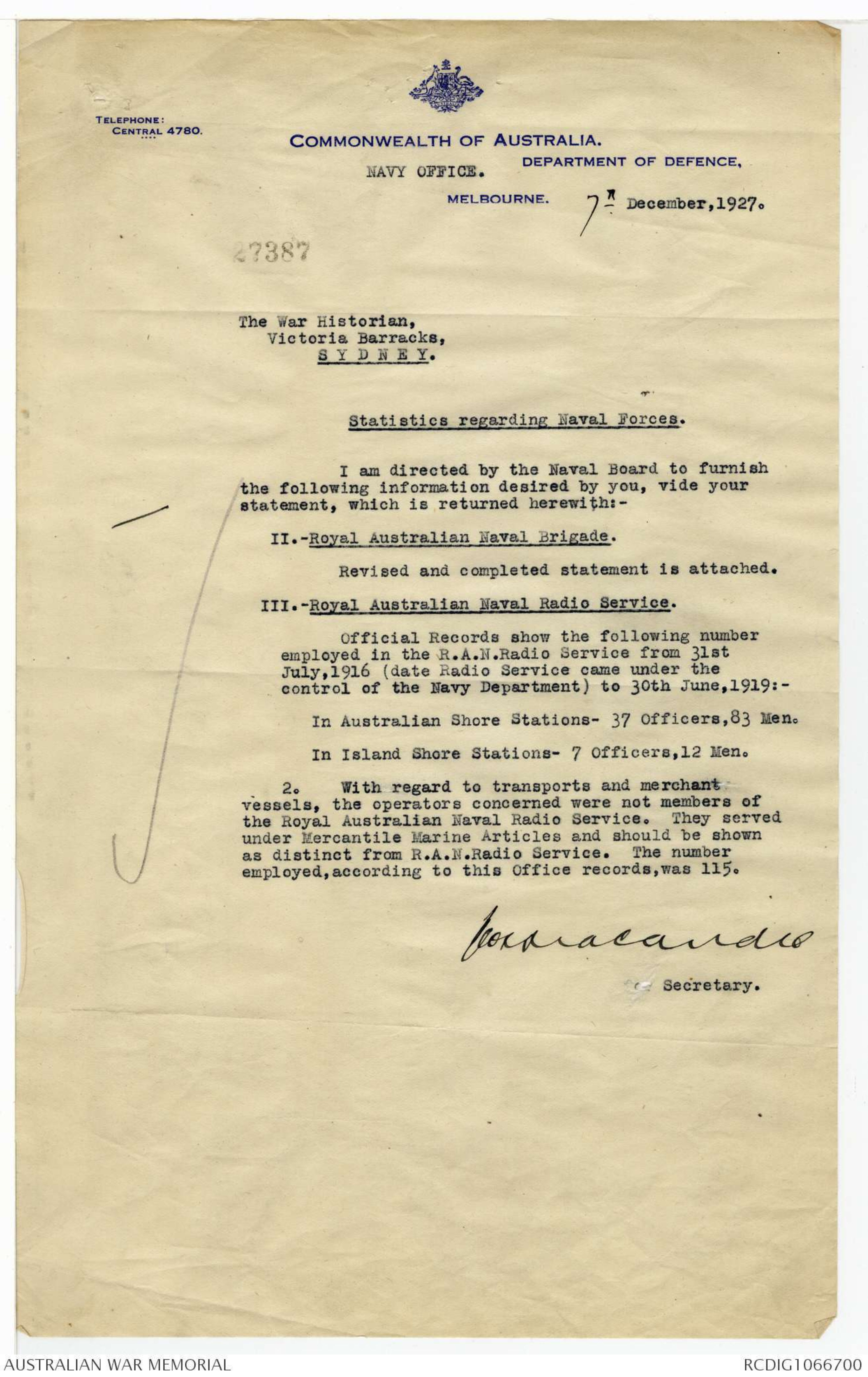
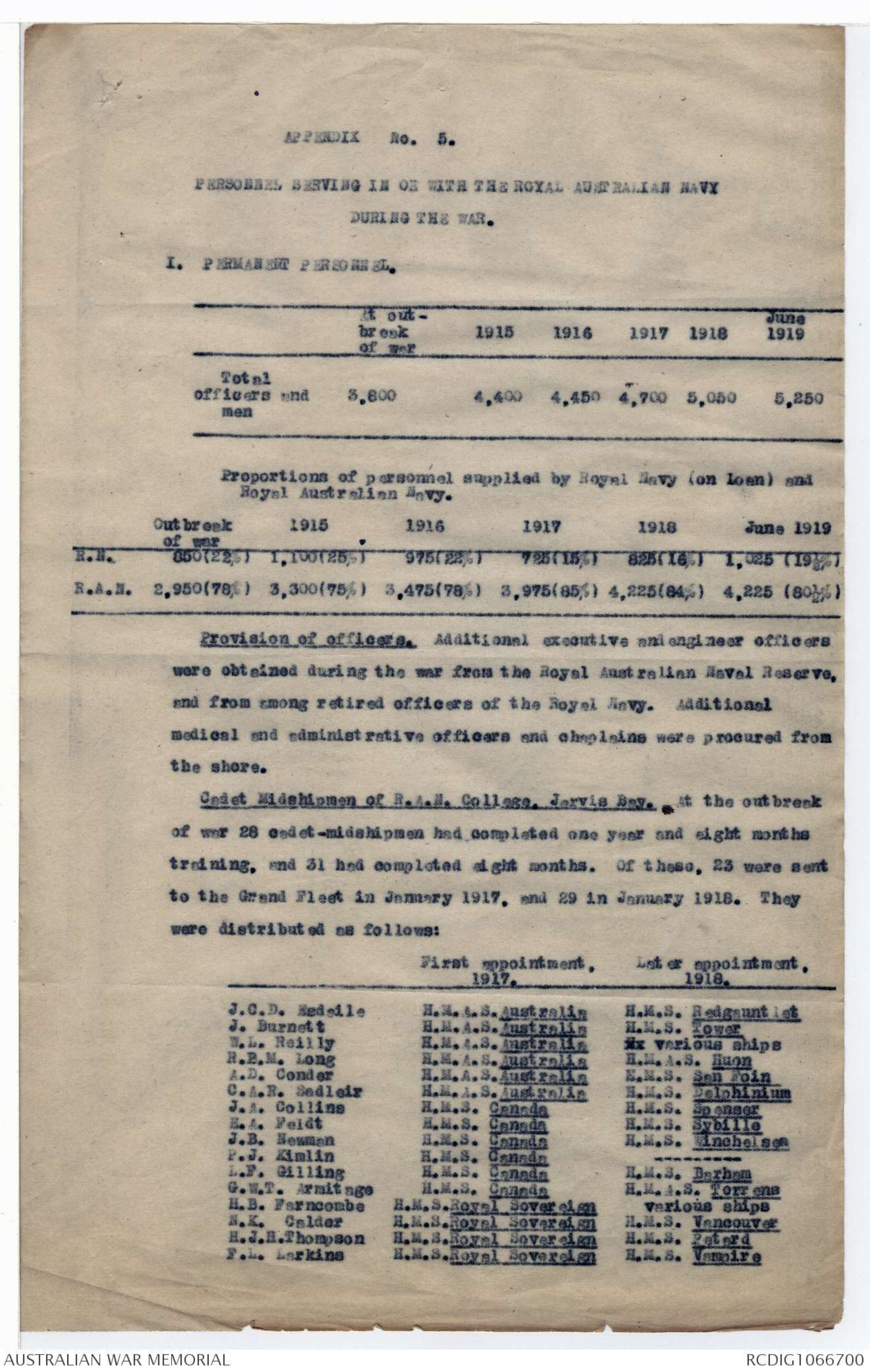
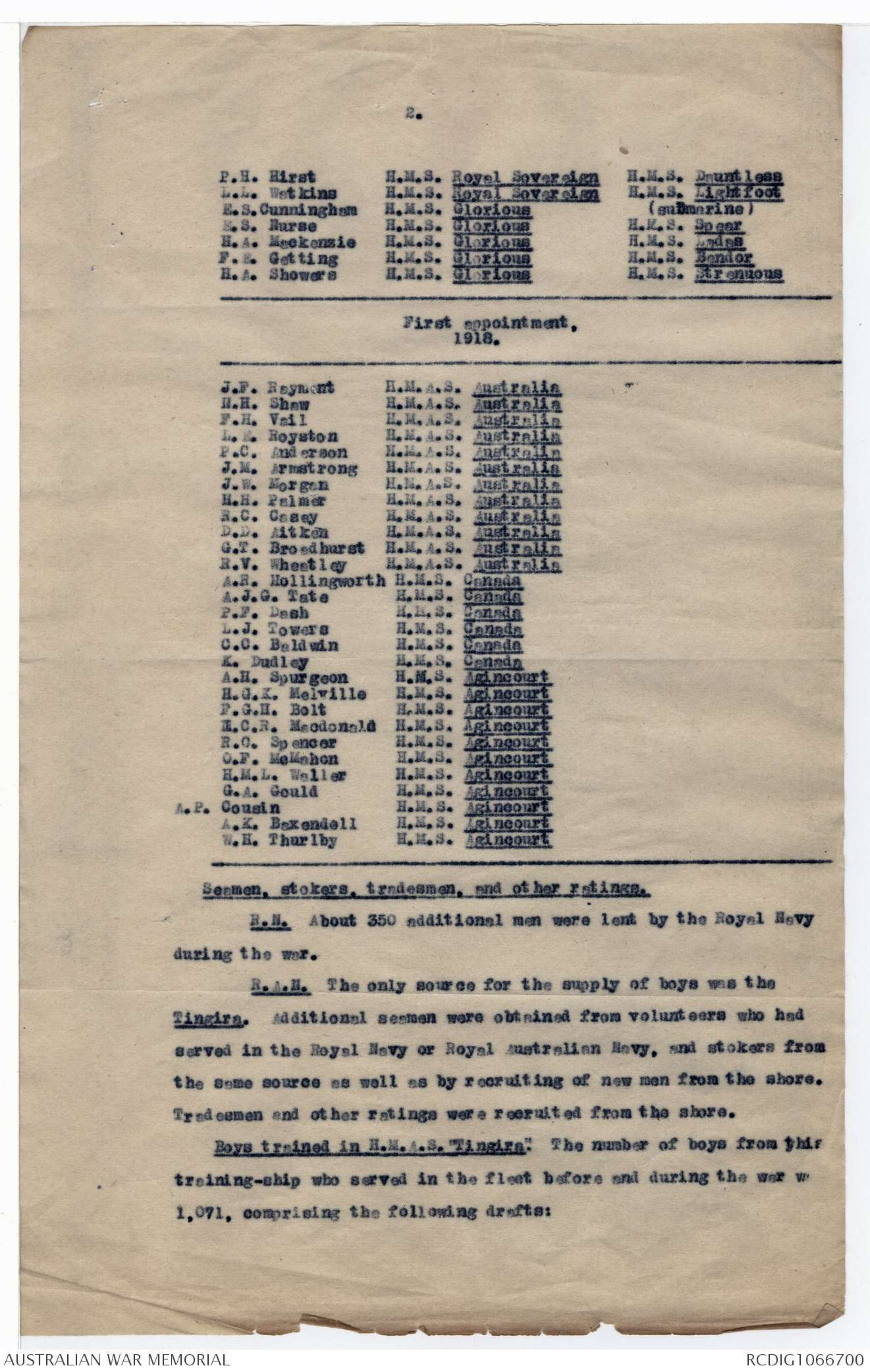

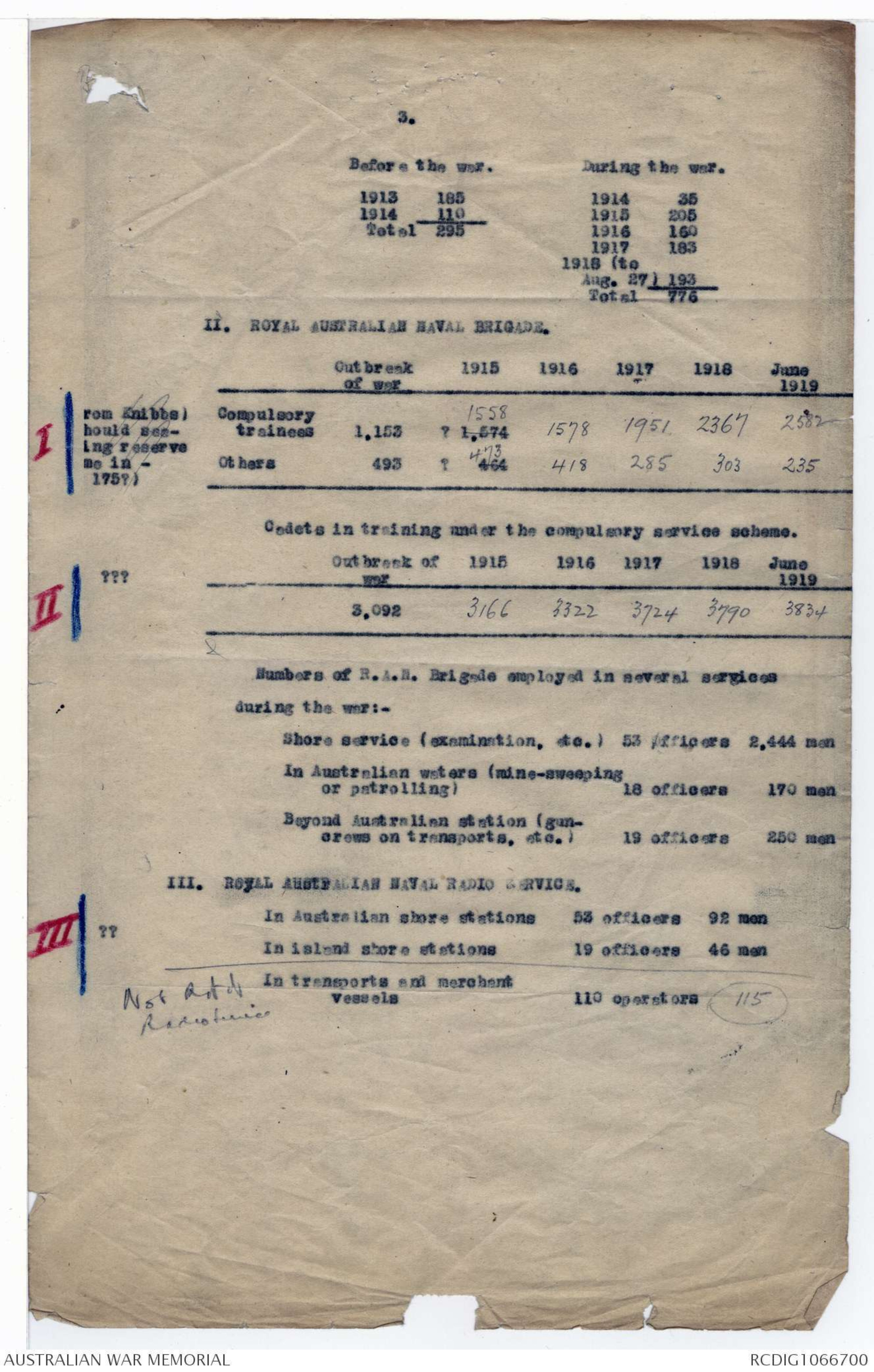
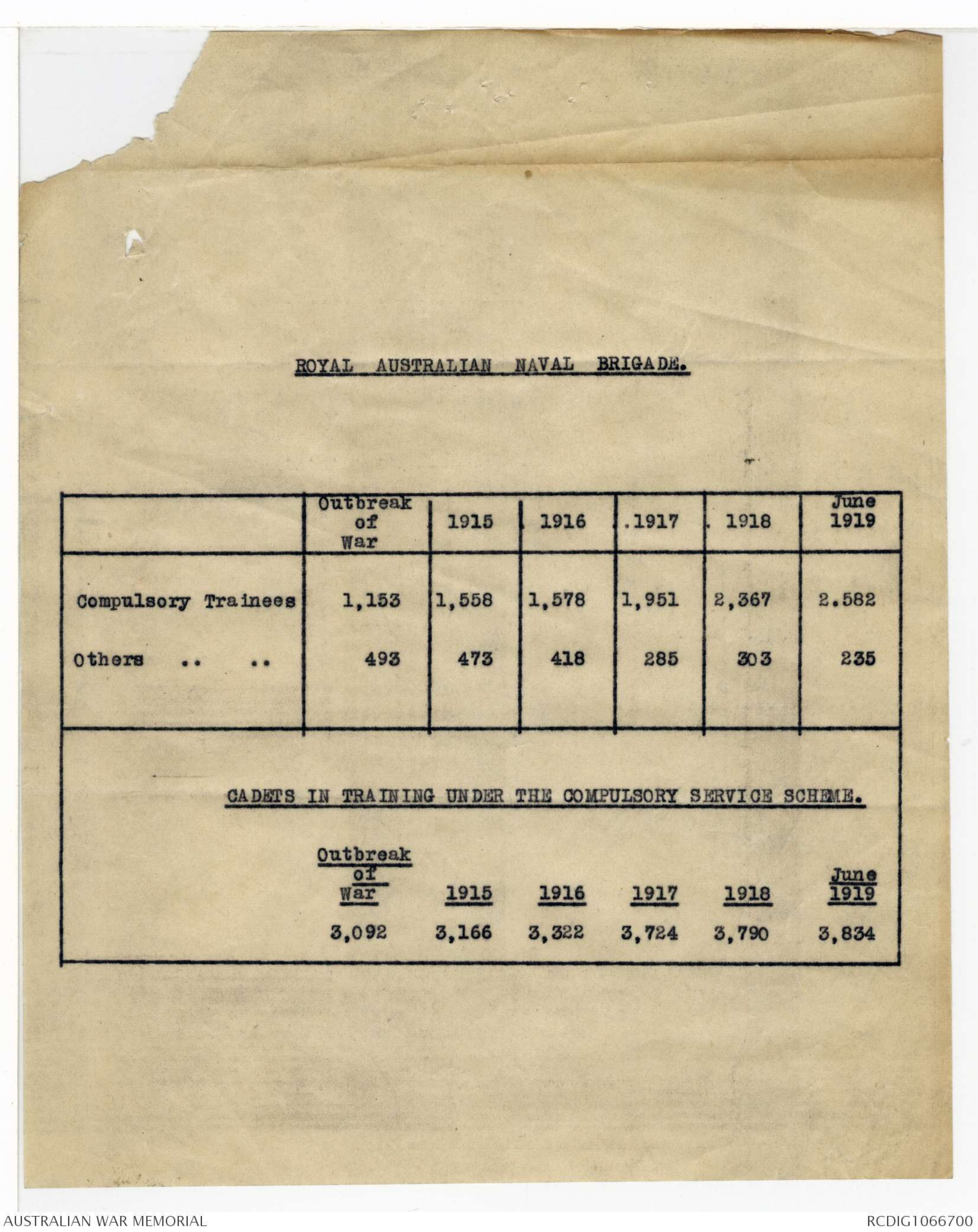
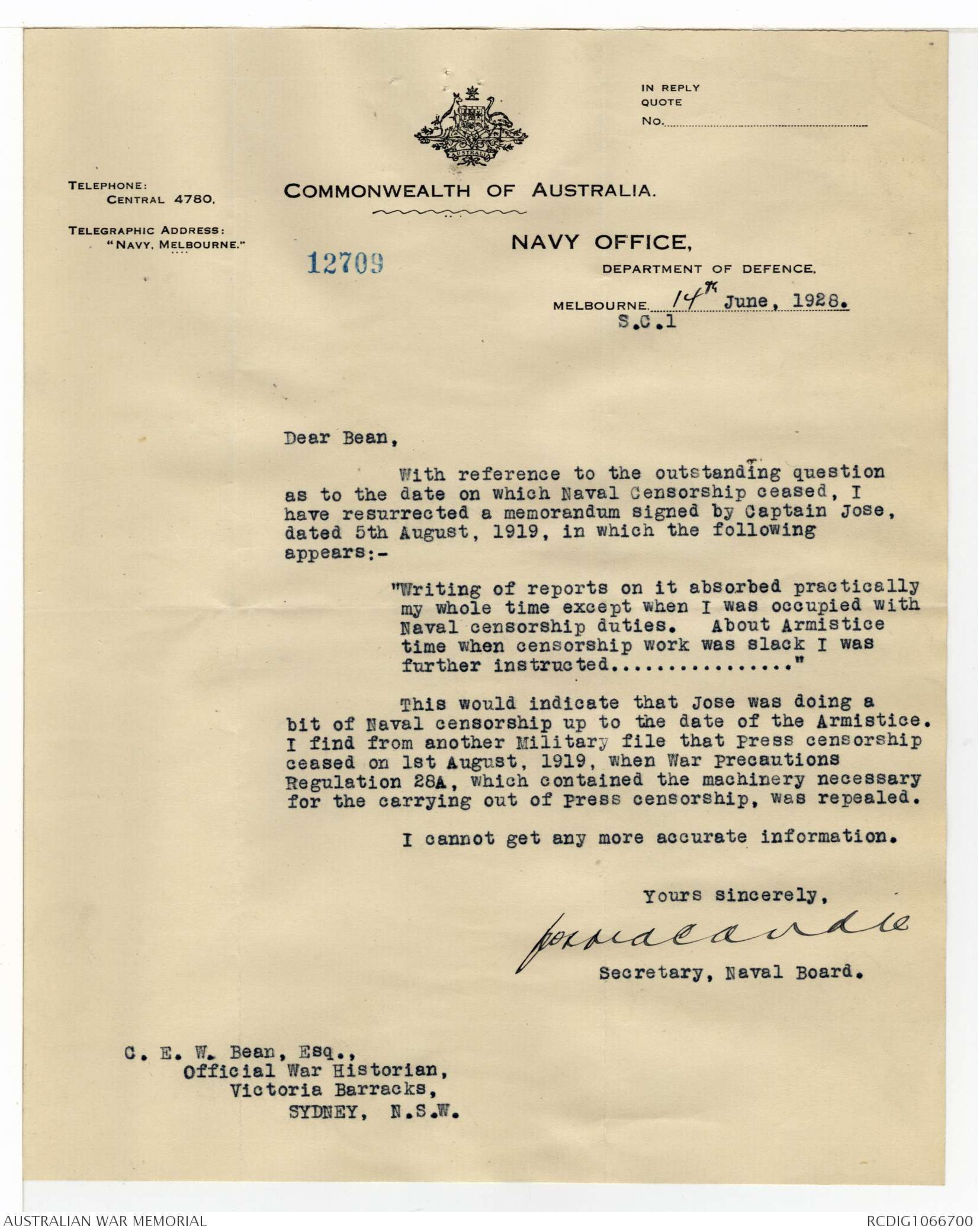
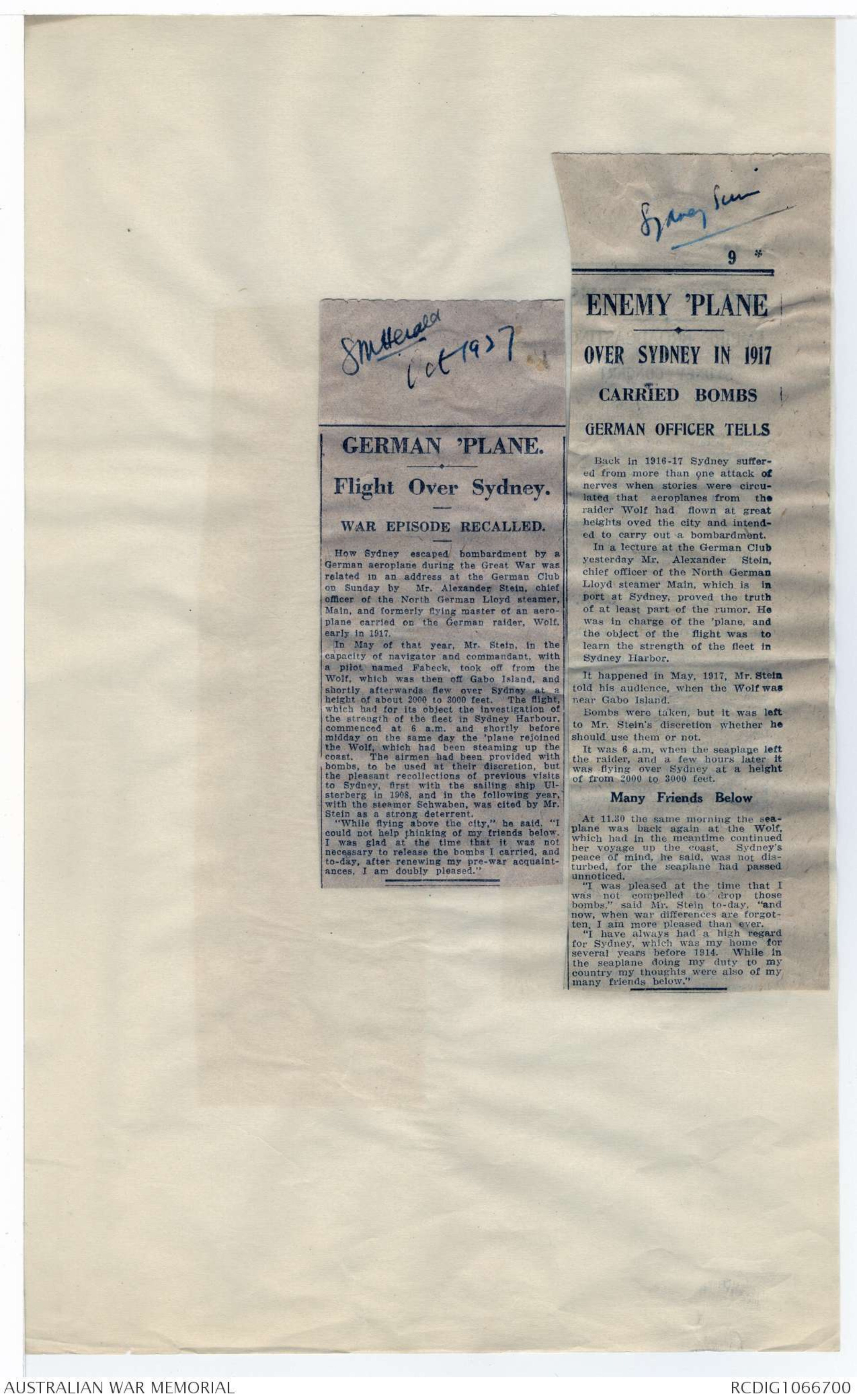
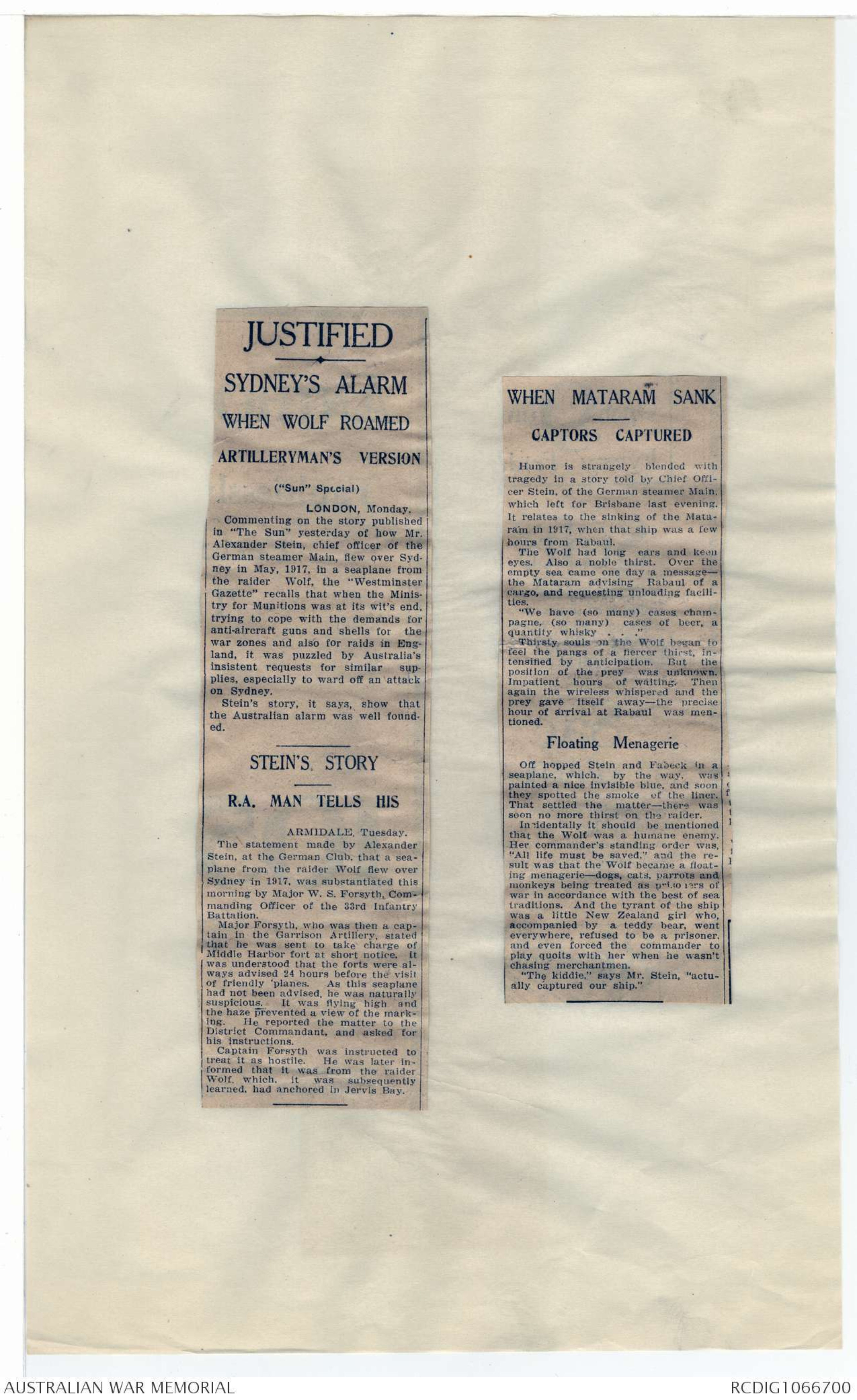
[*London
Morning Post
Dec 1927*]
OST, WEDNESDAY, D
WAR SECRETS
REVEALED
Room Forty at the
Admiralty
LISTENING TO THE
GERMANS
Wireless Signals
Decoded
From Our Own Correspondent
EDINBURGH, Tuesday.
Sir Alfred Ewing, Principal of Edinburgh
University, gave an account tonight
before the Edinburgh Philosophical
Institution of his work of deciphering
German wireless messages at
the Admiralty during the war.
Sir Alfred said that on the day the war
began he was asked to undertake the task
of dealing with enemy cipher. Admiral
Sir Henry Oliver, Director of Naval
Intelligence, handed him some wireless
intercepts, saying that there was no
department for dealing with them, and
inviting him to attempt the job. That was
the beginning of what grew to be an
important organisation for collecting and
deciphering the enemy messages. He got
a few friends to help him. They worked
hard and had remarkable luck.
The staff of cryptographers was gradually
increased till it numbered about fifty.
Numerous stations were set up at which
the Fleet signals and other wireless
messages of the enemy were systematically
taken in, and from which they were telegraphed
to the Admiralty to be deciphered.
Two thousand intercepted messages were
often dealt with in the course of twenty-four
hours.
In that way a close and constant watch
was kept on the German Fleet, and information
was obtained beforehand of
their prospective movements. The British
Admiralty knew the day before the battle
of the Dogger Bank what German ships
were coming out, at what time they
were coming, and where they were going.
That information was obtained from intercepted
and deciphered German signals by
which orders were given from German
headquarters to the ships concerned. It
was obtained in good time to enable the
British Admiralty to arrange for counter
measures. During the action of the Dogger
Bank the watchers in the Admiralty deciphering
every signal followed all its
phases from the beginning to the end.
Similarly , the Battle of Jutland was
brought about in consequence of the Germans
signalling orders by wireless which,
when deciphered in Whitehall, gave sufficient
indication of their intended plans.
BEST KEPT SECRET
The German Fleet from December, 1914,
made no movements which were not
known in advance through the information
they unwittingly gave by their own cipher
signals.
The branch of the Admiralty where all
this was done was called Room Forty to
avoid any description that might betray
the secret or excite curiosity. The fact
that such work was going on was known
to very few even in official circles or in
the Fleet. It was a jealously guarded
secret. Any knowledge of it on the part of
the enemy might have been a disaster, for
it would probably have caused the source
of information to dry up. It was, perhaps,
the best kept secret of the war.
The assumed stupidly of the British was
a valuable asset, and it was not apparently
till the war was over that the Germans
became aware how completely their confidential
channel of communication had
been compromised. Certain of the
enemies' code books came into British
hands through amazing pieces of good fortune.
Although the Germans contracted a
habit of changing the key of their signals
very frequently, the staff became so expert
that the changes caused them no serious
embarrassment.
The Zeppelins were remarkably loquacious,
especially in telling of the exploits
when on the way home. So, too, the submarines
would detail their bag. In May,
1915, for instance, U 20 exultantly reported
by wireless cipher her sinking of the
Lusitania.
Besides intercepting Naval signals, the
cryptographers of Room Forty dealt successfully
with much political cipher. The
isolated position of Germany forced her
to resort to wireless and prevented
frequent changes of the code books for
confidential communication with correspondents
abroad. There was a
voluminous stream of cipher correspondence
with German agents in Madrid, and
a good deal with North and South
America, as well as Constantinople,
Athens, Sofia, and other places. One
group of deciphered messages threw useful
light in advance on the Easter Rebellion
in Ireland, and another group on
the intrigues of the Germans in Persia.
The Earl of Balfour, apologising for absence,
wrote that it would have given him
very peculiar satisfaction to hear Sir
Alfred Ewing give his account of his work
during the critical period when he (Lord
Balfour) was First Lord of the Admiralty.
To Room Forty, where Sir Alfred was the
leading spirit, the country owed an immense
debt of gratitude.
TELEPHONE:
CENTRAL 4780.
COMMONWEALTH OF AUSTRALIA.
DEPARTMENT OF DEFENCE,
NAVY OFFICE.
MELBOURNE. 7th December,1927.
27387
The War Historian,
Victoria Barracks,
SYDNEY.
Statistics regarding Naval Forces.
I am directed by the Naval Board to furnish
the following information desired by you, vide your
statement, which is returned herewith:-
II.-Royal Australian Naval Brigade.
Revised and completed statement is attached.
III.-Royal Australian Naval Radio Service.
Official Records show the following number
employed in the R.A.N.Radio Service from 31st
July,1916 (date Radio Service came under the
control of the Navy Department) to 30th June,1919:-
In Australian Shore Stations- 37 Officers, 83 Men.
In Island Shore Stations- 7 Officers, 12 Men.
2. With regard to transports and merchant
vessels, the operators concerned were not members of
the Royal Australian Naval Radio Service. They served
under Mercantile Marine Articles and should be shown
as distinct from R.A.N.Radio Service. The number
employed,according to this Office records,was 115.
[*√*]
G L Macandie
Secretary.
APPENDIX NO. 5.
PERSONNEL SERVING IN OR WITH THE ROYAL AUSTRALIAN NAVY
DURING THE WAR.
I. PERMANENT PERSONNEL.
| At outbreak of war |
1915 | 1916 | 1917 | 1918 | June 1919 |
||
| Total officers and men |
3,800 | 4,400 | 4,450 | 4,700 | 5,050 | 5,250 |
Proportions of personnel supplied by Royal Navy (on loan) and
Royal Australian Navy.
| Outbreak of war |
1915 | 1916 | 1917 | 1918 | June 1919 | |
| R.N. | 850 (22%) | 1,100 (25%) | 975 (22%) | 725 (15%) | 825 (16%) | 1,025 (19½%) |
| R.A.N. | 2,950 (78%) | 3,300 (75%) | 3,475 (78%) | 3,975 (85%) | 4,225 (84%) | 4,225 (80½%) |
Provision of officers. Additional executive and engineer officers
were obtained during the war from the Royal Australian Naval Reserve,
and from among retired officers of the Royal Navy. Additional
medical and administrative officers and chaplains were procured from
the shore.
Cadet Midshipmen of R.A.N. College. Jervis Bay. At the outbreak
of war 28 cadet-midshipmen had completed one year and eight months
training, and 31 had completed eight months. Of these, 23 were sent
to the Grand Fleet in January 1917, and 29 in January 1918. They
were distributed as follows:
|
First appointment, |
Later appointment, |
|
| J.C.D. Esdaile | H.M.A.S. Australia | H.M.S. Redgauntlet |
| J. Burnett | H.M.A.S. Australia | H.M.S. Tower |
| W.L. Reilly | H.M.A.S. Australia | |
| R.B.M. Long | H.M.A.S. Australia | H.M.A.S. Huon |
| A.D. Conder | H.M.A.S. Australia | H.M.S. San Foin |
| C.A.R. Sadleir | H.M.A.S. Australia | H.M.S. Delphinium |
| J.A.Collins | H.M.S. Canada | H.M.S. Spenser |
| E.A Feldt | H.M.S. Canada | H.M.S. Sybille |
| J.B. Newman | H.M.S. Canada | H.M.S. Winchelsea |
| P.J. Kimlin | H.M.S. Canada | ---------- |
| L.F. Gilling | H.M.S. Canada | H.M.S. Barham |
| G.W.T. Armitage | H.M.S. Canada | H.M.A.S. Torrens |
| H.B. Farncombe | H.M.S. Royal Sovereign | various ships |
| N.K. Calder | H.M.S. Royal Sovereign | H.M.S. Vancouver |
| H.J.H.Thompson | H.M.S. Royal Sovereign | H.M.S. Petard |
| F.L. Larkins | H.M.S. Royal Sovereign | H.M.S. Vampire |
2.
| P.H. Hirst | H.M.S. Royal Sovereign | H.M.S. Dauntless |
| L.L. Watkins | H.M.S. Royal Sovereign | H.M.S. Lightfoot |
| E.S.Cunningham | H.M.S. Glorious | (submarine) |
| E.S. Nurse | H.M.S. Glorious | H.M.S. Spear |
| H.A. Mackenzie | H.M.S. Glorious | H.M.S. Ladas |
| F.E. Getting | H.M.S. Glorious | H.M.S. Bendor |
| H.A. Showers | H.M.S. Glorious | H.M.S. Strenuous |
First appointment,
1918.
| J.F. Rayment | H.M.A.S. Australia |
| H.H. Shaw | H.M.A.S. Australia |
| F.H. Vail | H.M.A.S. Australia |
| L.E. Royston | H.M.A.S. Australia |
| P.C. Anderson | H.M.A.S. Australia |
| J.M. Armstrong | H.M.A.S. Australia |
| J.W. Morgan | H.M.A.S. Australia |
| H.H. Palmer | H.M.A.S. Australia |
| R.C. Casey | H.M.A.S. Australia |
| D.D. Aitken | H.M.A.S. Australia |
| G.T. Broadhurst | H.M.A.S. Australia |
| R.V. Wheatley | H.M.A.S. Australia |
| A.R. Hollingworth | H.M.S. Canada |
| A.J.G. Tate | H.M.S. Canada |
| P.F. Dash | H.M.S. Canada |
| L.J. Towers | H.M.S. Canada |
| C.C. Baldwin | H.M.S. Canada |
| K. Dudley | H.M.S. Canada |
| A.H. Spurgeon | H.M.S. Agincourt |
| H.G.K. Melville | H.M.S. Agincourt |
| F.G.H. Bolt | H.M.S. Agincourt |
| I.C.R. Macdonald | H.M.S. Agincourt |
| R.C. Spencer | H.M.S. Agincourt |
| O.F. McMahon | H.M.S. Agincourt |
| H.M.L. Waller | H.M.S. Agincourt |
| G.A. Gould | H.M.S. Agincourt |
| A.P. Cousin | H.M.S. Agincourt |
| A.K. Baxendell | H.M.S. Agincourt |
| W.H. Thurlby | H.M.S. Agincourt |
Seamen, stokers, tradesmen, and other ratings.
R.N. About 350 additional men were lent by the Royal Navy
during the war.
R.A.N. The only source for the supply of boys was the
Tingira. Additional seamen were obtained from volunteers who had
served in the Royal Navy or Royal Australian Navy, and stokers from
the same source as well as by recruiting of new men from the shore.
Tradesmen and other ratings were recruited from the shore.
Boys trained in H.M.A.S. "Tingira". The number of boys from this
training-ship who served in the fleet before and during the war w
1,071, comprising the following drafts:
ROYAL AUSTRALIAN NAVAL BRIGADE.
|
Outbreak |
1915 | 1916 | 1917 | 1918 | June 1919 |
|
| Compulsory Trainees | 1,153 | 1,558 | 1,578 | 1,951 | 2,367 | 2,582 |
| Others " " | 493 | 473 | 418 | 285 | 303 | 235 |
| CADETS IN TRAINING UNDER THE COMPULSORY SERVICE SCHEME. | ||||||
|
Outbreak |
1915 | 1916 | 1917 | 1918 | June 1919 |
|
| 3,092 | 3, 166 | 3, 322 | 3, 724 | 3, 790 | 3,834 | |
3.
| Before the war. | During the war. | ||
| 1913 | 185 | 1914 | 35 |
| 1914 | 110 | 1915 | 205 |
| Total | 295 | 1916 | 160 |
| 1917 | 183 | ||
| 1918 (to Aug. 27) |
193 | ||
| Total | 776 | ||
II. ROYAL AUSTRALIAN NAVAL BRIGADE.
| Outbreak of war |
1915 | 1916 | 1917 | 1918 | June 1919 |
||
| [*I*] |
Compulsory Trainees | 1,153 | 1558 ? |
1578 | 1951 | 2367 | 2582 |
| Others | 493 | 473 ? |
418 | 285 | 303 | 235 | |
|
Cadets in training under the compulsory service scheme. |
|||||||
| [*II*] ??? | Outbreak of war |
1915 | 1916 | 1917 | 1918 | June 1919 |
|
| 3,092 | 3166 | 3322 | 3724 | 3790 | 3834 | ||
Numbers of R.A.N. Brigade employed in several services
during the war:-
Shore service (examination, etc.) 53 officers 2,444 men
In Australian waters (mine-sweeping
or patrolling) 18 officers 170 men
Beyond Australian station (gun crews
on transports, etc.) 19 officers 250 men
III. ROYAL AUSTRALIAN NAVAL RADIO SERVICE.
In Australian shore stations 53 officers 92 men
[*III*] ?? In island shore stations 19 officers 46 men
In transports and merchant
vessels 110 operators [*115*]
[*Not Out of
Radio twice*]
ROYAL AUSTRALIAN NAVAL BRIGADE.
|
Outbreak |
1915 | 1916 | 1917 | 1918 | June 1919 |
|
| Compulsory Trainees |
1, 153 |
1,558 | 1,578 | 1,951 | 2,367 | 2.582 |
| Others " " |
493 |
475 | 418 | 285 | 303 | 235 |
| CADETS IN TRAINING UNDER THE COMPULSORY SERVICE SCHEME. | ||||||
|
Outbreak |
1915 | 1916 | 1917 | 1918 | June 1919 |
|
|
3,092 |
3, 166 | 3,322 | 3,724 | 3,790 | 3,834 | |
IN REPLY
QUOTE
No.......
TELEPHONE:
CENTRAL 4780,
TELEGRAPHIC ADDRESS:
"NAVY, MELBOURNE."
COMMONWEALTH OF AUSTRALIA.
12709
NAVY OFFICE,
DEPARTMENT OF DEFENCE,
MELBOURNE 14th June, 1928.
S.C.1
Dear Bean,
With reference to the outstanding question
as to the date on which Naval Censorship ceased, I
have resurrected a memorandum signed by Captain Jose,
dated 5th August, 1919, in which the following
appears:-
"Writing of reports on it absorbed practically
my whole time except when I was occupied with
Naval censorship duties. About Armistice
time when censorship work was slack I was
further instructed................"
This would indicate that Jose was doing a
bit of Naval censorship up to the date of the Armistice.
I find from another Military file that Press censorship
ceased on 1st August, 1919, when War Precautions
Regulation 28A, which contained the machinery necessary
for the carrying out of Press censorship, was repealed.
I cannot get any more accurate information.
Yours sincerely,
G L Macandie
Secretary, Naval Board.
C. E. W. Bean, Esq.,
Official War Historian,
Victoria Barracks,
SYDNEY, N.S.W.
[*SM Herald
Oct 1927*]
GERMAN 'PLANE.
Flight Over Sydney.
WAR EPISODE RECALLED.
How Sydney escaped bombardment by a
German aeroplane during the Great War was
related in an address at the German Club
on Sunday by Mr. Alexander Stein, chief
officer of the North German Lloyd steamer,
Main, and formerly flying master of an aeroplane
carried on the German raider, Wolf,
early in 1917.
In May of that year, Mr. Stein, in the
capacity of navigator and commandant, with
a pilot named Fabeck, took off from the
Wolf, which was then off Gabo lsland, and
shortly afterwards flew over Sydney at a
height of about 2000 to 3000 feet. The flight,
which had for its object the investigation of
the strength of the fleet in Sydney Harbour,
commenced at 6 a.m. and shortly before
midday on the same day the 'plane rejoined
the Wolf, which had been steaming up the
coast. The airmen had been provided with
bombs, to be used at their discretion, but
the pleasant recollections of previous visits
to Sydney, first with the sailing ship Ulsterberg
in 1908, and in the following year,
with the steamer Schwaben, was cited by Mr.
Stein as a strong deterrent.
"While flying above the city," he said, "I
could not help thinking of my friends below.
I was glad at the time that it was not
necessary to release the bombs I carried, and
to-day, after renewing my pre-war acquaintances,
I am doubly pleased."
[*Sydney Sun*]
9 *
ENEMY 'PLANE
OVER SYDNEY IN 1917
CARRIED BOMBS
GERMAN OFFICER TELLS
Back in 1916-17 Sydney suffered
from more than one attack of
nerves when stories were circulated
that aeroplanes from the
raider Wolf had flown at great
heights oved the city and intended
to carry out a bombardment.
In a lecture at the German Club
yesterday Mr. Alexander Stein,
chief officer of the North German
Lloyd steamer Main, which is in
port at Sydney, proved the truth
of at least part of the rumor. He
was in charge of the 'plane, and
the object of the flight was to
learn the strength of the fleet in
Sydney Harbor.
It happened in May, 1917, Mr. Stein
told his audience, when the Wolf was
near Gabo Island.
Bombs were taken, but it was left
to Mr. Stein's discretion whether he
should use them or not.
It was 6 a.m. when the seaplane left
the raider, and a few hours later it
was flying over Sydney at a height
of from 2000 to 3000 feet.
Many Friends Below
At 11.30 the same morning the seaplane
was back again at the Wolf,
which had in the meantime continued
her voyage up the coast. Sydney's
peace of mind, he said, was not disturbed,
for the seaplane had passed
unnoticed.
"I was pleased at the time that I
was not compelled to drop those
bombs," said Mr. Stein to-day, "and
now, when war differences are forgotten,
I am more pleased than ever.
"I have always had a high regard
for Sydney, which was my home for
several years before 1914. While in
the seaplane doing my duty to my
country my thoughts were also of my
many friends below."
JUSTIFIED
SYDNEY'S ALARM
WHEN WOLF ROAMED
ARTILLERYMAN'S VERSION
("Sun" Special)
LONDON, Monday.
Commenting on the story published
in "The Sun" yesterday of how Mr.
Alexander Stein, chief officer of the
German steamer Main, flew over Sydney
in May, 1917, in a seaplane from
the raider Wolf, the "Westminster
Gazette" recalls that when the Ministry
for Munitions was at its wit's end,
trying to cope with the demands for
anti-aircraft guns and shells for the
war zones and also for raids in England,
it was puzzled by Australia's
insistent requests for similar supplies,
especially to ward off an attack
on Sydney.
Stein's story, it says, show that
the Australian alarm was well founded.
STEIN'S STORY
R.A. MAN TELLS HIS
ARMIDALE, Tuesday.
The statement made by Alexander
Stein, at the German Club, that a seaplane
from the raider Wolf flew over
Sydney in 1917, was substantiated this
morning by Major W. S. Forsyth. Commanding
Officer of the 33rd Infantry
Battalion.
Major Forsyth, who was then a captain
in the Garrison Artillery, stated
that he was sent to take charge of
Middle Harbor fort at short notice. It
was understood that the forts were always
advised 24 hours before the visit
of friendly 'planes. As this seaplane
had not been advised, he was naturally
suspicious. It was flying high and
the haze prevented a view of the marking.
He reported the matter to the
District Commandant, and asked for
his instructions.
Captain Forsyth was instructed to
treat it as hostile. He was later informed
that it was from the raider
Wolf, which, it was subsequently
learned, had anchored in Jervis Bay.
WHEN MATARAM SANK
CAPTORS CAPTURED
Humor is strangely blended with
tragedy in a story told by Chief Officer
Stein, of the German steamer Main,
which left for Brisbane last evening.
It relates to the sinking of the Mataram
in 1917, when that ship was a few
hours from Rabaul.
The Wolf had long ears and keen
eyes. Also a noble thirst. Over the
empty sea came one day a message -
the Mataram advising Rabaul of a
cargo, and requesting unloading facilities.
"We have (so many) cases champagne,
(so many) cases of beer, a
quantity whisky ..."
Thirsty souls on the Wolf began to
feel the pangs of a fiercer thirst, intensified
by anticipation. But the
position of the prey was unknown.
Impatient hours of waiting. Then
again the wireless whispered and the
prey gave itself away– the precise
hour of arrival at Rabaul was mentioned.
Floating Menagerie
Off hopped Stein and Fabeck in a
seaplane, which, by the way, was
painted a nice invisible blue, and soon
they spotted the smoke of the liner.
That settled the matter-there was
soon no more thirst on the raider.
Incidentally it should be mentioned
that the Wolf was a humane enemy.
Her commander's standing order was,
"All life must be saved," and the result
was that the Wolf became a floating
menagerie- dogs, cats, parrots and
monkeys being treated as prisoners of
war in accordance with the best of sea
traditions. And the tyrant of the ship
was a little New Zealand girl who,
accompanied by a teddy bear, went
everywhere, refused to be a prisoner,
and even forced the commander to
play quoits with her when he wasn't
chasing merchantmen.
"The kiddie," says Mr. Stein, "actually
captured our ship."
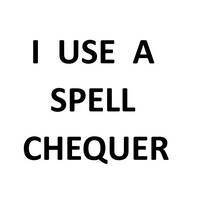 Not Yet Replaced By AI
Not Yet Replaced By AIThis transcription item is now locked to you for editing. To release the lock either Save your changes or Cancel.
This lock will be automatically released after 60 minutes of inactivity.